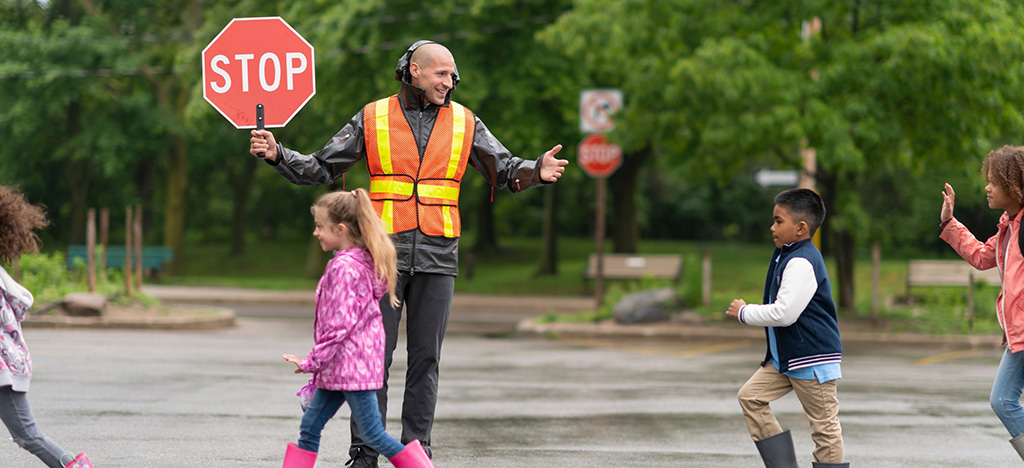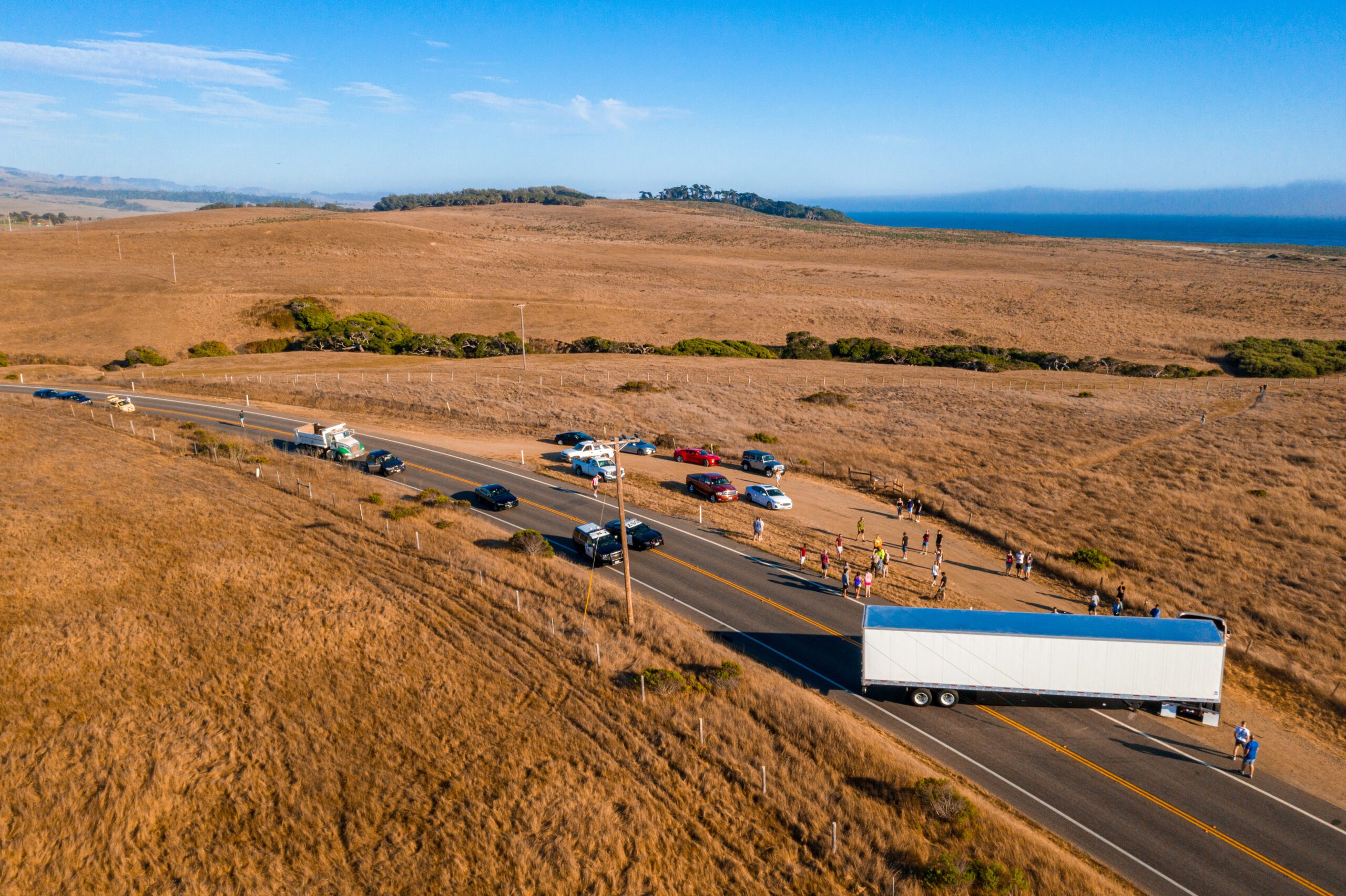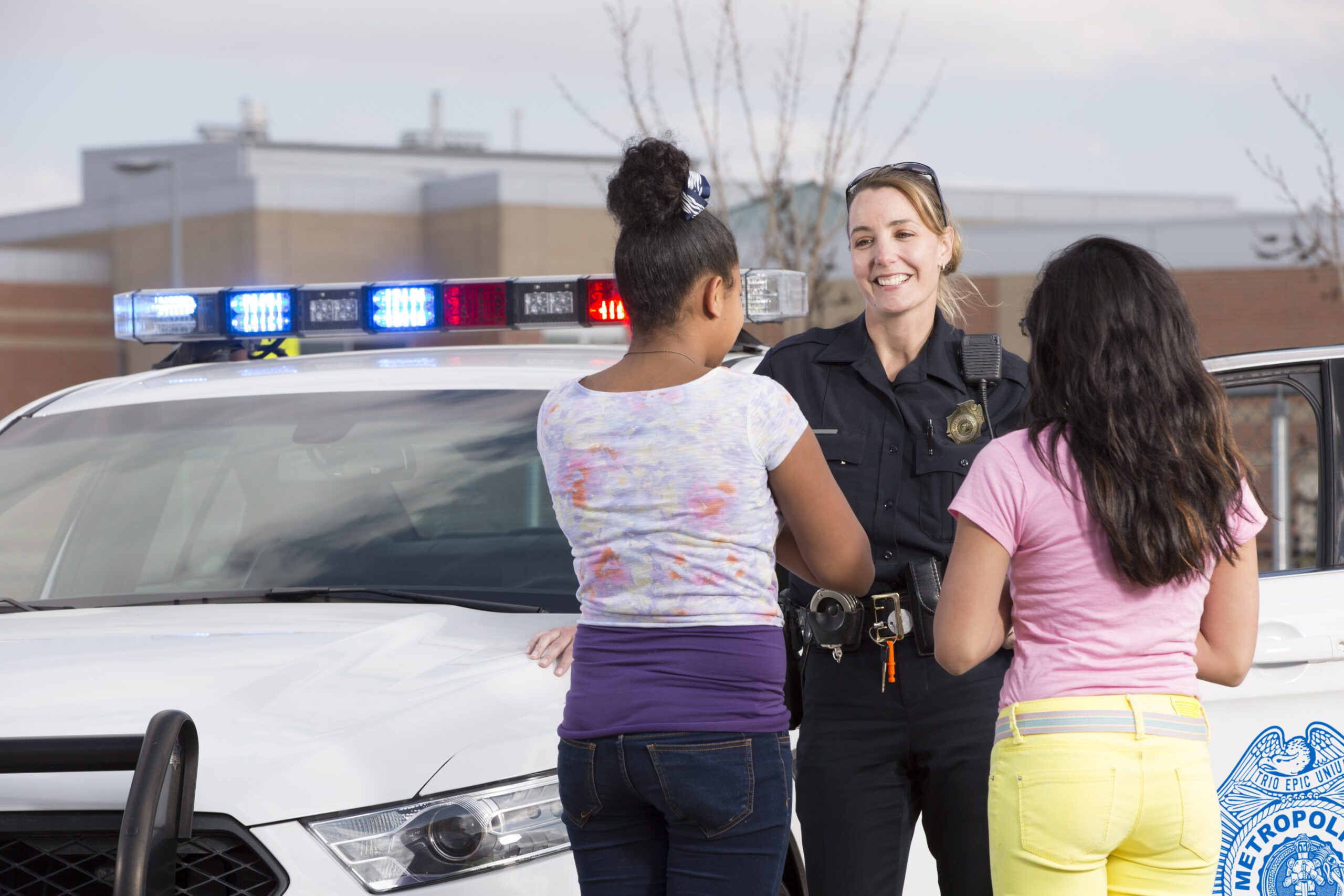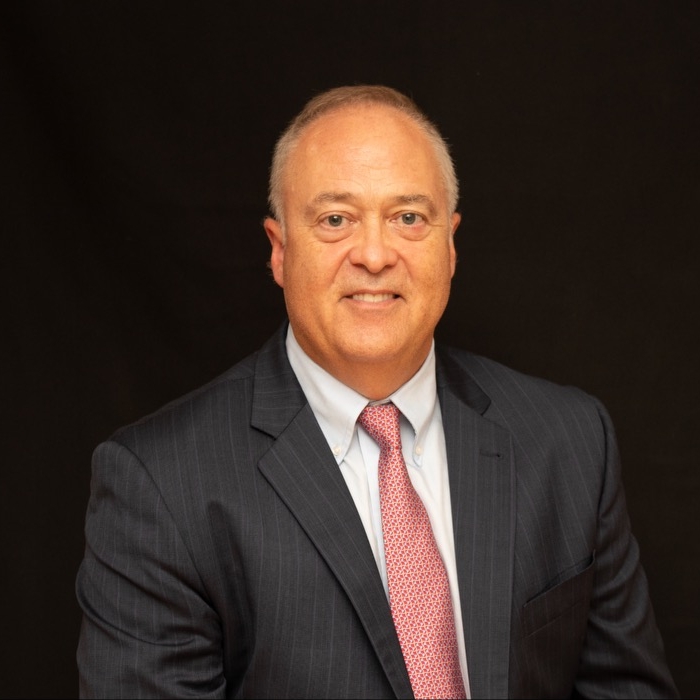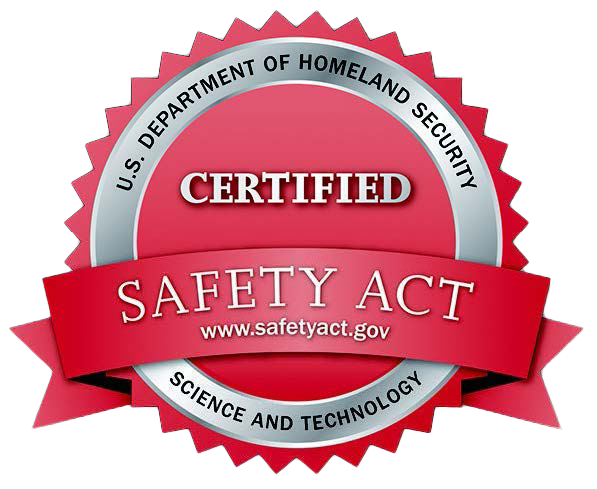Senior law enforcement leaders share their front-line takes on K-12 school security challenges
By: Mutualink Staff
Mutualink recently hosted a webinar featuring senior law enforcement leaders discussing the challenges to providing effective k-12 school security. Chief Craig Miller, Sheriff Paul Penzone, and Mutualink’s own Chrissie Coon shared their perspectives.
Paul Penzone serves as sheriff for Maricopa County, Arizona. Maricopa is the fourth largest county in the country by population and the fastest growing. Sheriff Penzone served as a Phoenix police officer for 21 years, and also has experience as an expert security consultant.
Chief Craig Miller spent 37 years protecting the citizens of Dallas, Texas. He began his career as a sworn police officer in 1982. He rose to the rank of Deputy Chief of the Dallas Police force – the eighth largest force in the U.S. After retiring in 2011 he became the Chief of Police for the Dallas Independent School District (ISD), the 14th largest public school district in the United States.
Chrissie Coon is Mutualink’s chief customer experience officer. She served for 15 years as a sworn police officer in the North Las Vegas police department. Coon also spent five years as a senior public safety advisor to the FirstNet Authority, an independent agency with the US Dept. of Commerce.
FirstNet Authority was chartered in 2012 by Congress to ensure the buildout, deployment, and operation of a nationwide broadband network. First responders use FirstNet to protect U.S. communities and to save lives.
A Myriad of Challenges
These three public sector veterans talked about multiple challenges to strong K-12 school security. Chief Miller referenced the sheer volume of threats and the difficulty of prioritizing threat levels while responding to every single one.
Chief Miller shared an example of a threat that was phoned in by a student as part of a contest to see who could get the most Instagram followers the fastest. This led to a discussion on the need to use discretion when deciding how to punish kids in such cases. This is a challenge since you need to be consistent.
“Our goal and mission are not to see how many kids we can arrest,” stated Chief Miller. “Our goal and passion are to work with kids, to help kids who are having problems. But unfortunately, sometimes these students step over the threshold and the crime or the offense that they commit is of terroristic threat nature.”
Sheriff Penzone draws a direct line from school security to our society at large. Sadly, our society has a violence problem and it’s no surprise that school safety alert systems are now required because harm to our children is so terrifying and dramatic. Violence isn’t a singular problem, and it doesn’t have a singular solution. And law enforcement can’t drive the solution.
Sheriff Penzone would like to see everyone in society – students, parents, teachers, clergy – come to a consensus that school safety is a top priority. Then build a structure with educational facilities to ensure students’ safety so all they need to worry about is their next exam.
Sheriff Penzone noted: “In the law enforcement space, if we are viewed as overreacting because we’re very aggressive in our efforts to protect children from a potential threat, then often times we’re judged for overreacting. If we fail to act enough and something tragic does occur, then suddenly the judgment is, “Why didn’t you do more to prevent this?”
Chrissie touched on how broad the topic of school safety can be. Having spoken to many school superintendents and police leaders, she pointed out there is a myriad of threats to protect against in addition to an active shooter. These could include weather emergencies, COVID protocols, or student fights. K-12 school security is very community-specific, and it’s important to have relationships in place with community leaders to identify the most pressing security concerns.
To view the full webinar click here
Social Media – How to Monitor, Prioritize?
As Chief Miller’s Instagram example shows, social media has become a huge factor affecting school security. Sheriff Penzone talked about taking a “see something, say something” approach to troubling social media content, just as many do for possible acts of terrorism.
He mentioned that when with the Phoenix PD he ran a program called Silent Witness, a crime-stopper effort. Communities can know more about local crime than the police. When they work together that has dramatic results. The same can be true with social media. If we turn every child into a force multiplier through some kind of cops/school violence prevention program. Otherwise, the job of monitoring is too big.
“We need people who will say, ‘If I see something and it’s a concern, I’m not going to worry about overreacting,” Sheriff Penzone explained. “I’m going to give it to you to determine if in fact there’s legitimacy and how to address it.’”
Chrissie reinforced the importance of taking social media threats very seriously. She mentioned third party resources often exist to help law enforcement sift through anonymous tips. But sometimes it comes down to the officer closest to the threat.
She shared an incident that happened recently in Arizona. A threat came in from social media with a detailed manifesto of students who would be killed. The school resource officer was able to launch an investigation that led to the arrest of the student, saving many lives.
“I think the significance is that we don’t ignore what’s coming in on social media. I think that law enforcement’s doing a really good job from the fusion center down to the relationships that you need in place at a local, state, and federal level to be able to investigate threats properly and determine the credibility of them so they can track threats down and act on them,” explained Chrissie.
Chief Miller shared that in Texas every school is required to have a threat assessment team comprised of counselors, psychologists, assistant principals or principals, staff members, and law enforcement. Worrisome messages on social media often indicate students having problems. Those students can then get extra attention and assistance. Chief Miller also echoed, however, that the sheer volume of social media threats challenges leaders to use their finite budgets wisely.
“What these teams do is to help us identify kids who are having a problem – not profile kids, not pick kids out, but identify kids that are having problems,” Chief Miller added. “Many times these kids that are sending these messages and doing the TikToks and doing these things are kids who are in this system. And those kids are getting extra attention and getting extra assistance.”
Check back soon for more coverage of this important discussion.
The Most Experienced Partner for Disaster Communication Technology
Experienced veterans like Sheriff Penzone and Chief Miller need to have a similarly experienced partner. With over 3,000 deployments connecting over 10,000 public safety entities, Mutualink technology has been proven many times over to protect citizens and connect communities. FirstNet and Verizon Frontline, the two largest public safety networks in the country, both depend on Mutualink to ensure the interoperability of their solutions.
Mutualink LNK360™ is trusted by hundreds of schools and police forces nationwide because every child deserves equal protection. Let us put our certified technology and years of experience to work protecting our next generation. For more information request a free demonstration.
Exclusive Webinar
Mutualink and Raptor Technologies hosted an exclusive webinar for Arizona School Districts and Public Safety Departments. A panel of experts discussed the importance of the ability of schools to have direct connection to public safety and first responders in times of crisis. Mutualink and Raptor Technologies discussed how their integrated solutions work, as well as funding opportunities for Arizona Sheriff departments and the school districts they serve. You can view the webinar here.
